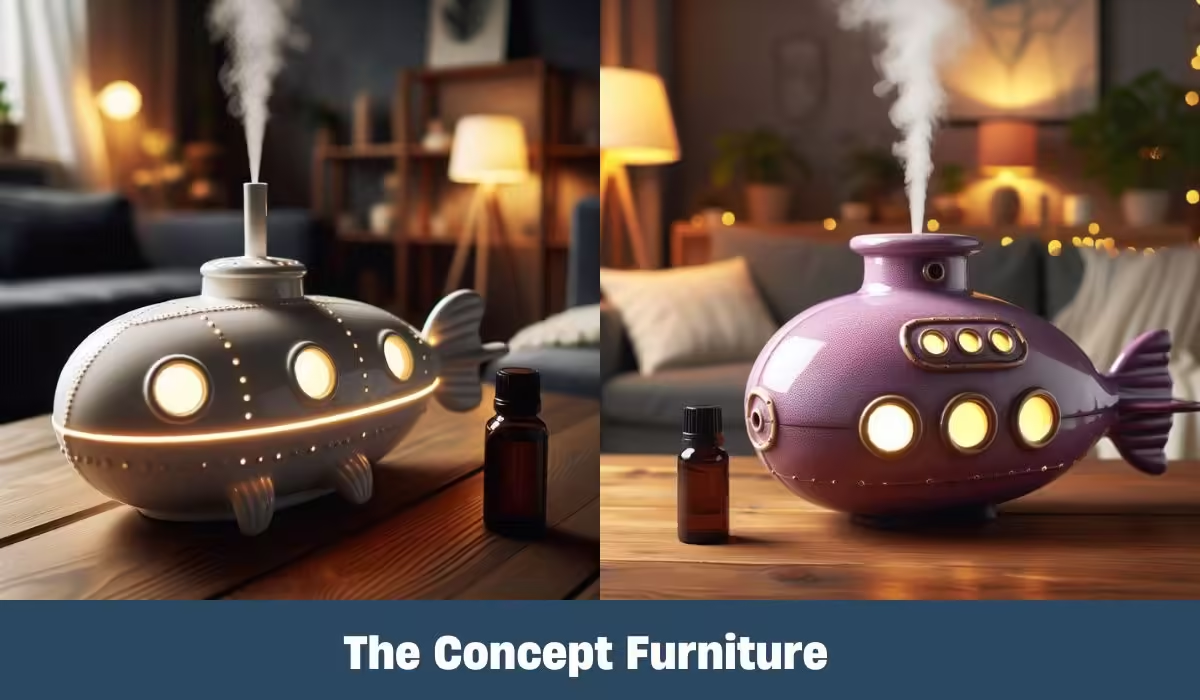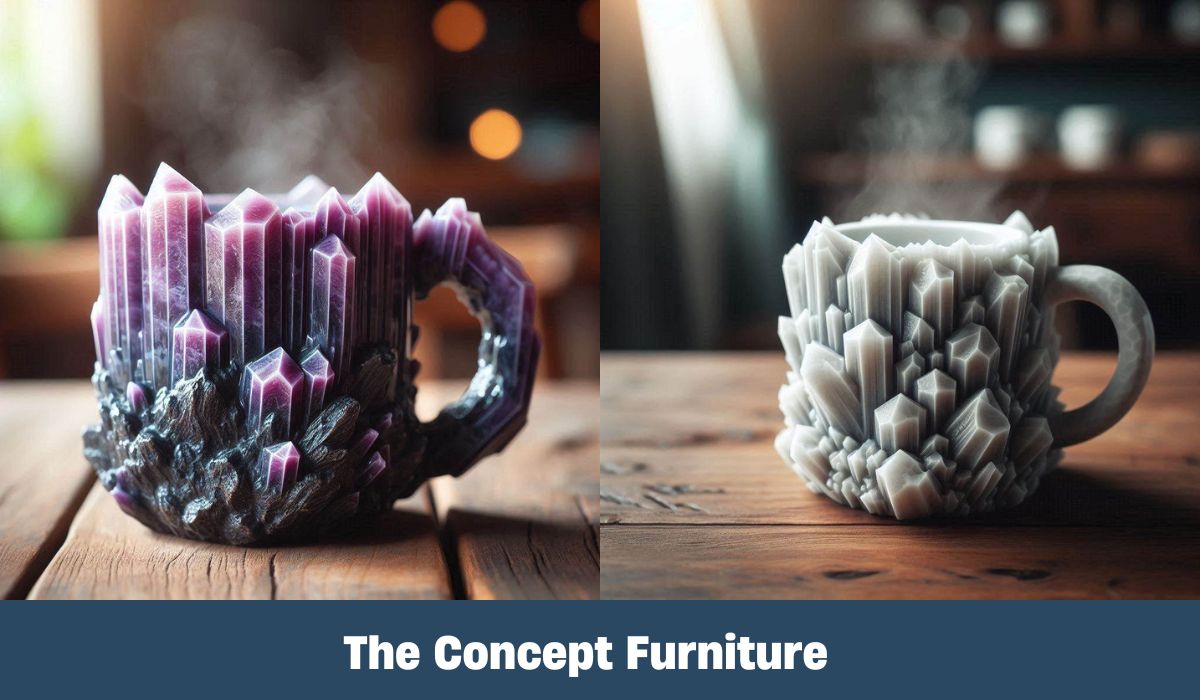In the ever-evolving field of environmental management and aquatic systems, submarine diffusers have emerged as a pivotal technology facilitating various essential processes. These devices are primarily designed to enhance gas transfer in submerged environments, making them indispensable for applications ranging from wastewater treatment to aquaculture and ecological restoration projects. As our understanding of marine ecosystems expands and the demands on these environments increase, it becomes vital to delve deeper into the intricacies of submarine diffusers. This article will explore their definitions, types, working principles, applications, design considerations, advantages, challenges, case studies of successful implementations, and future trends shaping this fascinating area of technology.
Introduction to Submarine Diffusers
Submarine diffusers are specialized devices that aid in the dispersal of gases—primarily oxygen—within water bodies. Their primary purpose is to facilitate efficient gas exchange within aquatic environments where natural circulation or aeration may be insufficient. By ensuring adequate oxygen levels, submarine diffusers play a critical role in promoting healthy aquatic ecosystems and enhancing the efficacy of various industrial processes.
Definition and Purpose
At its core, a submarine diffuser is engineered to release air or gas bubbles into underwater environments, thus increasing the concentration of dissolved oxygen. The fundamental mechanism behind these devices revolves around the creation of finely dispersed bubbles that rise through the water column. As they ascend, the bubbles dissolve oxygen into the surrounding water, which can then be utilized by aquatic organisms such as fish, bacteria, and plants.
The primary purpose of submarine diffusers extends beyond mere oxygen distribution; they also facilitate important biochemical processes. Enhanced oxygen levels catalyze aerobic microbial activity, which is crucial for breaking down organic waste in applications such as wastewater treatment. Therefore, understanding how these devices function and the roles they play within aquatic systems is critical for anyone involved in environmental management, aquaculture, or industrial applications.
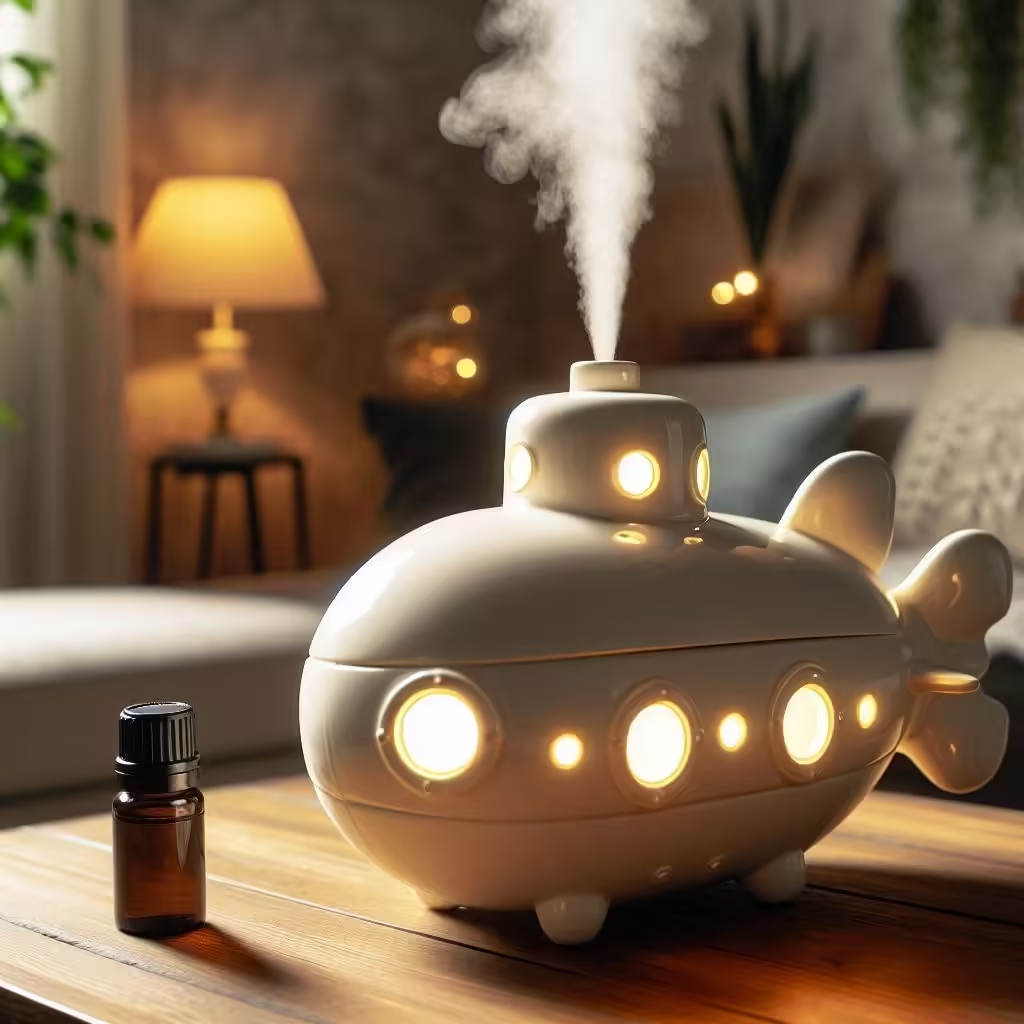
Importance in Aquatic Environments
The health of aquatic ecosystems is directly linked to the availability of dissolved oxygen. Various organisms rely on this essential element for survival, and its depletion can result in catastrophic consequences, such as fish kills and the proliferation of harmful algal blooms. Submarine diffusers address these challenges by ensuring a consistent supply of oxygen, ultimately contributing to healthier water bodies.
Moreover, the importance of submarine diffusers is amplified in areas facing anthropogenic pressures like pollution, climate change, and habitat degradation. Employing these devices can significantly mitigate the adverse effects of these stressors by restoring balance within aquatic systems.
Types of Submarine Diffusers
Submarine diffusers come in various designs and configurations tailored to specific applications. Understanding the different types available is essential for selecting the right diffuser system for a given project.
Fixed vs. Floating Diffusers
When considering submarine diffusers, one of the first distinctions to make is between fixed and floating diffusers.
Fixed diffusers are stationary devices anchored to the seabed. They are typically installed in locations where consistent gas dispersion is required, such as in wastewater treatment plants or restoration projects. The design allows for efficient gas transfer while minimizing the impact of water currents and waves.
Floating diffusers, on the other hand, are buoyant systems that operate at varying depths depending on water conditions. They can effectively adjust their position to optimize gas exchange based on real-time environmental factors. This flexibility makes floating diffusers particularly advantageous in dynamic aquatic environments.
Air Diffusers and Water Diffusers
Another key differentiation in the realm of submarine diffusers is between air diffusers and water diffusers.
Air diffusers are designed to introduce atmospheric air into the water column. These systems utilize various technologies, such as fine bubble diffusers or coarse bubble diffusers, to maximize the surface area for gas exchange. The choice between fine and coarse bubbles often depends on the desired application, with fine bubbles offering enhanced oxygen transfer efficiency due to their larger surface area relative to volume.
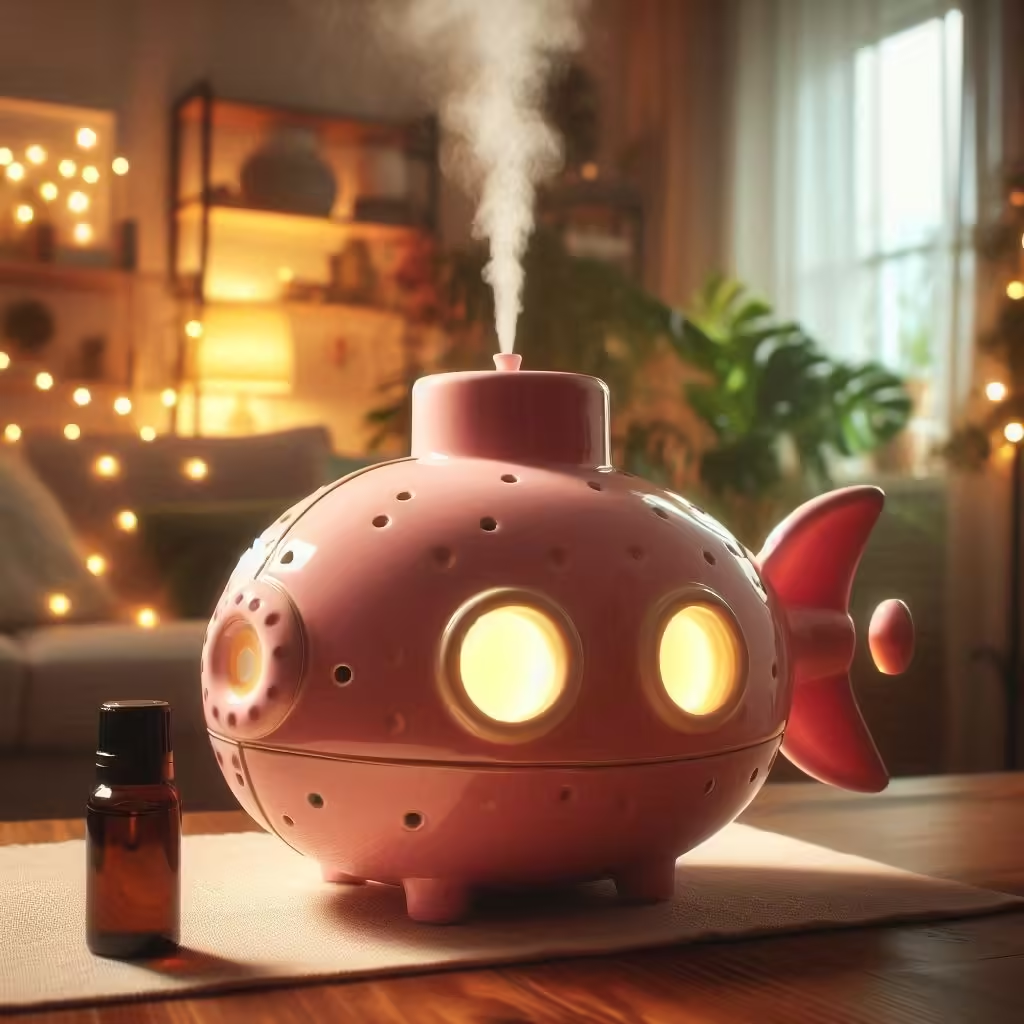
In contrast, water diffusers employ pressurized water to create turbulence within an aquatic environment. This method is often used in applications where the introduction of air might not be feasible or desirable, allowing for effective mixing and oxygenation without the need for gas transfer.
Customizable Designs for Specific Applications
Another notable aspect of submarine diffusers is their adaptability. Many manufacturers provide customizable designs tailored to specific environmental conditions and application requirements. For instance, diffusers can be engineered with varying hole sizes, materials, and shapes, enabling operators to optimize performance based on factors such as water depth, salinity, and targeted gas transfer rates.
Customization extends beyond just physical characteristics; advanced control systems can be integrated into diffuser designs for real-time monitoring and adjustments. Such innovations ensure optimal performance, aligning with the specific goals of a project and ensuring that aquatic environments receive the necessary support for sustainable development.
Working Principles of Submarine Diffusers
Understanding the mechanics of submarine diffusers is key to appreciating their effectiveness in promoting gas exchange within aquatic environments. The principles governing their operation involve several interrelated factors, including gas transfer mechanisms, hydrodynamics, and the influence of pressure and depth.
The Mechanism of Gas Transfer
When a submarine diffuser releases air or gas bubbles into the water, the process of gas transfer begins. This occurs as the bubbles rise through the water column, creating a significant interface between the gas and the surrounding liquid. The size and distribution of these bubbles play a critical role in determining oxygen transfer efficiency.
Two primary mechanisms govern gas transfer: diffusion and convection. Diffusion is the process whereby gas molecules move across the gas-liquid interface due to concentration gradients, ultimately leading to the dissolution of oxygen into the water. Convection, on the other hand, pertains to the mixing of water layers, facilitated by the movement of rising bubbles. The combination of these two processes ensures effective gas transfer, providing aquatic organisms with the oxygen they require.
Hydrodynamic Considerations
Hydrodynamic forces significantly influence the performance of submarine diffusers. Factors such as water currents, temperature stratification, and salinity gradients can affect bubble rise rates and subsequent gas exchange efficiency.
Effective diffuser design considers the prevailing hydrodynamic conditions to enhance performance. For example, in high-current environments, diffusers may need to be positioned at specific angles to minimize drag and optimize bubble ascent. Similarly, understanding how temperature variations create density differences can further inform the positioning of diffusers to achieve the desired oxygen delivery.
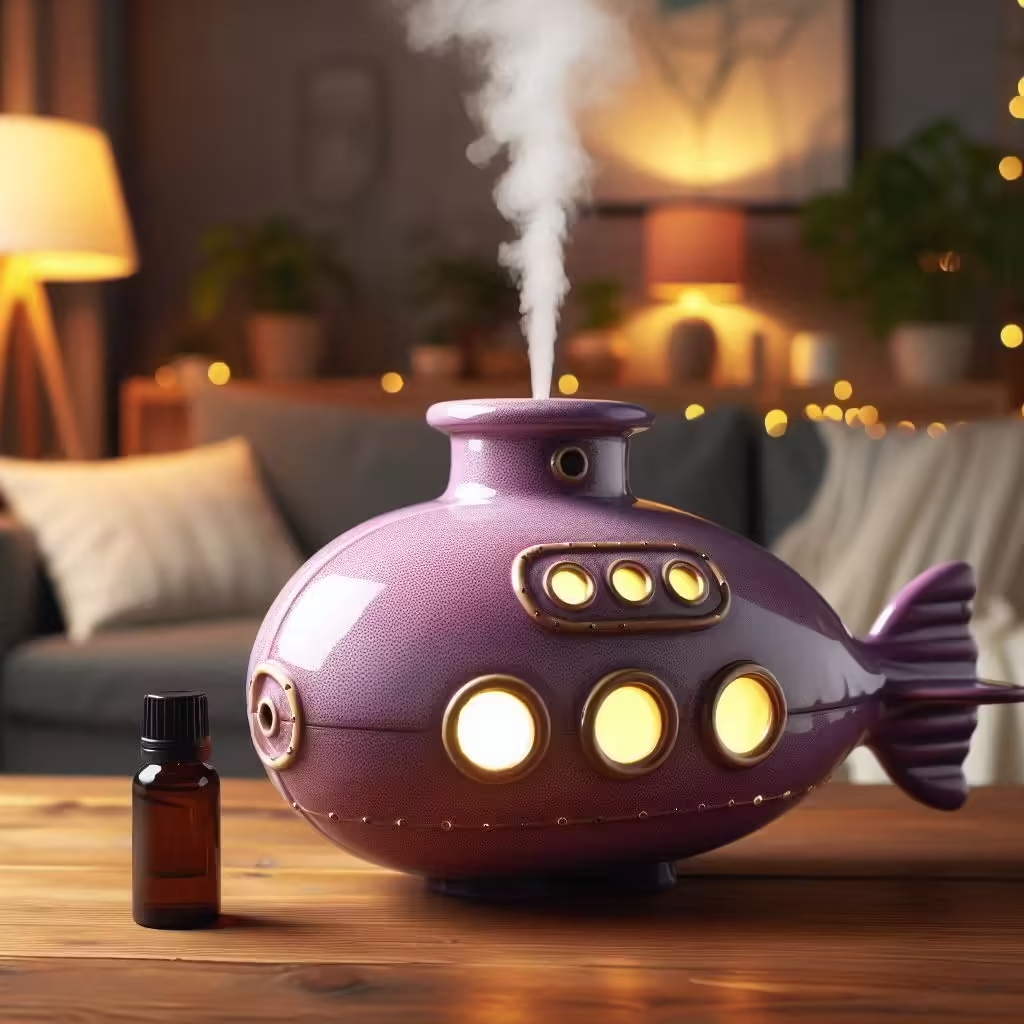
Role of Pressure and Depth
Pressure and depth are critical parameters that influence the behavior of submarine diffusers. As depth increases, so does hydrostatic pressure, which affects the solubility of gases in water. Under higher pressure, more gas can dissolve, benefiting overall oxygenation efforts.
However, operating at greater depths also presents challenges. For instance, increased pressure can complicate the design of diffusers due to material fatigue and structural integrity concerns. Manufacturers must carefully select materials that withstand these extreme conditions while maintaining optimal performance.
Applications of Submarine Diffusers
The versatility of submarine diffusers lends themselves to numerous applications across various sectors. Their ability to enhance gas exchange has proven beneficial in several contexts, including wastewater treatment, aquaculture, environmental restoration, and industrial processes.
Wastewater Treatment Plants
One of the most prevalent applications for submarine diffusers is in wastewater treatment facilities. Here, they serve as essential components in aeration tanks, delivering oxygen to facilitate aerobic digestion by microorganisms. This process helps decompose organic matter, reducing chemical oxygen demand (COD) and improving effluent quality.
The efficiency of submarine diffusers in treating wastewater has led to considerable advancements in plant design. By utilizing these technologies, facilities can achieve higher treatment capacities while minimizing energy consumption. Furthermore, the ability to customize diffuser designs allows engineers to tailor systems to the specific needs of each plant, optimizing operational efficiency.
Aquaculture Systems
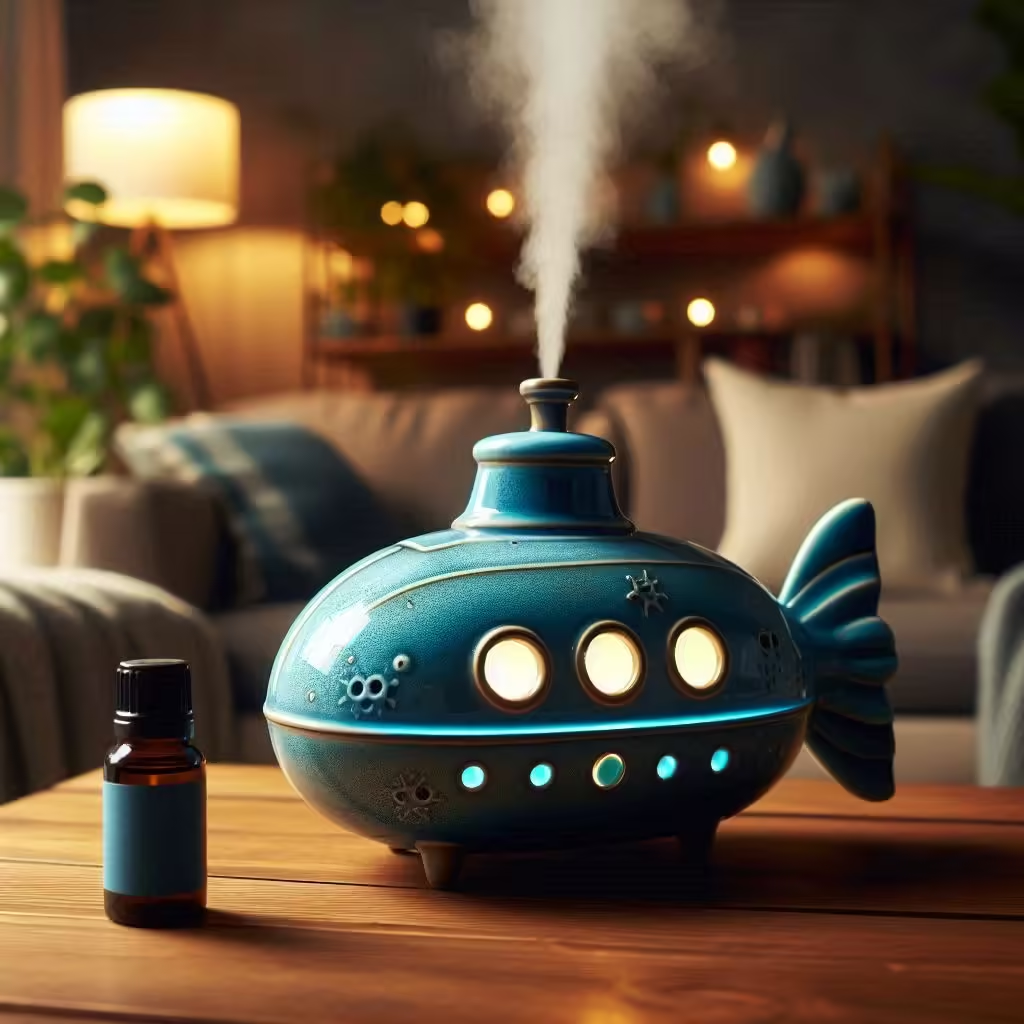
Aquaculture is another sector where submarine diffusers have made a significant impact. In fish farms and hatcheries, maintaining optimal dissolved oxygen levels is crucial for fostering healthy growth and survival rates among aquatic organisms.
By deploying submarine diffusers, aquaculture operations can ensure an adequate oxygen supply throughout rearing tanks and ponds. Additionally, these diffusers promote water circulation, preventing stagnation and reducing the risk of disease outbreaks. The resulting benefits contribute not only to improved yields but also to the sustainability of aquaculture practices in the face of growing global demand for seafood.
Environmental Restoration Projects
Submarine diffusers also play a vital role in environmental restoration initiatives aimed at rehabilitating degraded aquatic ecosystems. By enhancing oxygen levels in eutrophic lakes or rivers, these devices help revive fish populations and foster the growth of aquatic vegetation.
For instance, in situations where nutrient pollution has led to hypoxia—low oxygen levels—submarine diffusers can be deployed to restore balance to the ecosystem. Through careful planning and implementation, these systems have been successfully integrated into ecological restoration projects worldwide, showcasing their potential to facilitate positive environmental outcomes.
Industrial Uses and Benefits
Apart from their applications in municipal and environmental settings, submarine diffusers find utility in various industrial processes. Industries utilizing bioreactors or anaerobic digestion systems often rely on these devices to ensure optimal gas transfer.
In specific manufacturing scenarios, submarine diffusers can enhance reaction rates by introducing necessary gases or accelerating mixing processes. Such versatility opens up new opportunities for operational efficiencies and cost savings in diverse industrial applications.
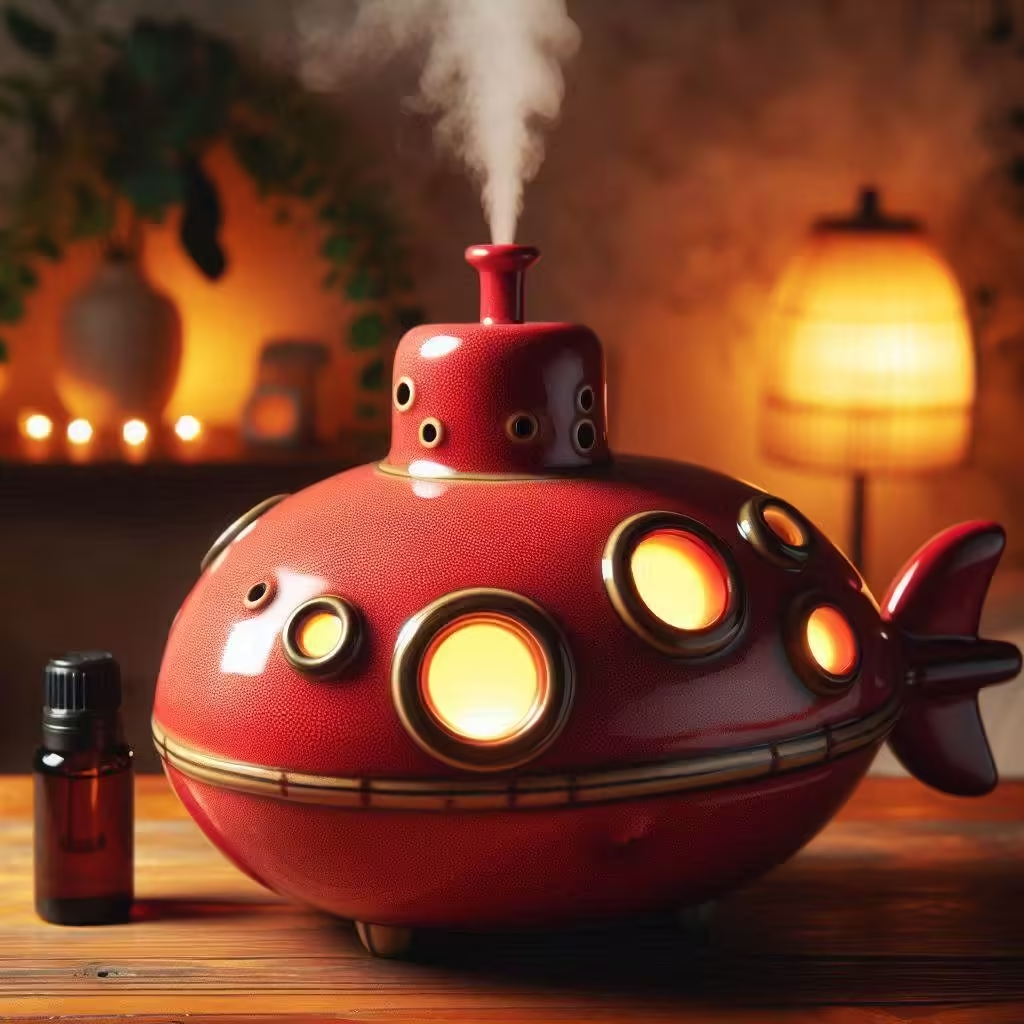
Design Considerations for Submarine Diffusers
Designing an effective submarine diffuser requires careful consideration of multiple factors. From material selection to sizing and maintenance needs, every aspect contributes to the overall performance of the system.
Material Selection and Durability
Selecting the appropriate materials for submarine diffusers is crucial due to the challenging conditions they encounter underwater. Corrosion-resistant materials such as stainless steel or specialized plastics are commonly employed to ensure longevity and durability.
The choice of materials also affects the efficiency of the diffuser. For instance, high-quality membranes used in fine bubble diffusers can increase oxygen transfer rates and reduce fouling, which, in turn, extends operational lifespans. Engineers must weigh the trade-offs between performance, cost, and environmental impact when choosing materials for specific applications.
Sizing and Installation Factors
Proper sizing and installation of submarine diffusers significantly influence their effectiveness. Calculating the required flow rates, bubble size, and spacing between diffusers involves a thorough assessment of environmental conditions and system objectives.
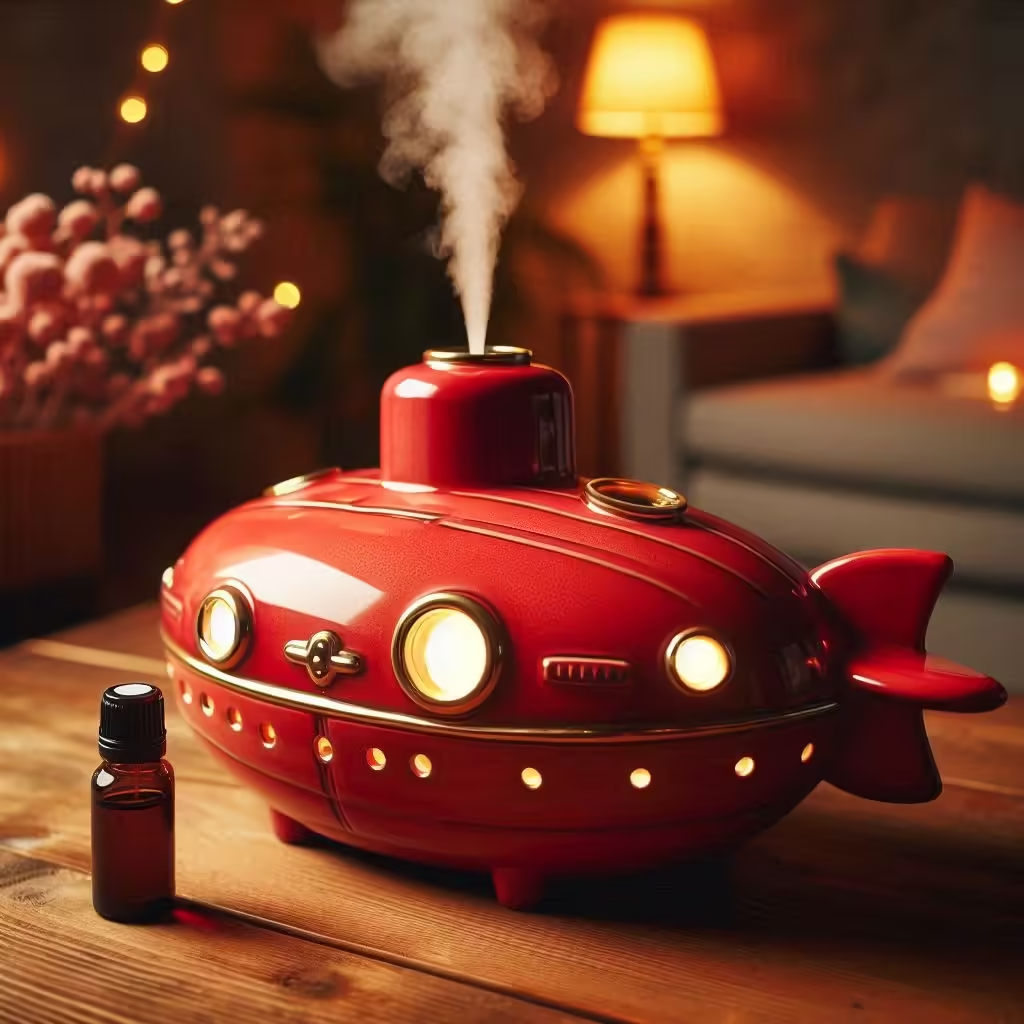
Installation methods vary based on the type of diffuser chosen, whether fixed or floating. Fixed diffusers may require anchoring to the seabed, while floating diffusers can be adjusted for optimal positioning. Ensuring precise installation is paramount to achieving desired results and minimizing operational issues over time.
Maintenance Requirements
As with any mechanical system, regular maintenance is essential to ensure the long-term functionality of submarine diffusers. Common maintenance tasks include inspecting for fouling, cleaning membranes, and checking connections for wear or damage.
Developing a proactive maintenance schedule can significantly extend the lifespan of submarine diffusers and maintain their efficiency. Operators should be aware of the specific needs of the diffusers deployed in their systems and adapt maintenance practices accordingly.
Advantages of Using Submarine Diffusers
Employing submarine diffusers offers numerous advantages across various applications. Understanding these benefits provides valuable insights into why they have gained popularity in environmental management and aquatic systems.
Improved Oxygen Transfer Efficiency
One of the standout advantages of submarine diffusers is their ability to significantly improve oxygen transfer efficiency. Fine bubble diffusers, in particular, create small bubbles that maximize the surface area for gas exchange, leading to higher dissolved oxygen levels in the water.
Achieving optimal oxygen saturation is crucial for promoting healthy aquatic ecosystems. Increased oxygen levels foster biological activity, which enhances nutrient cycling and supports diverse aquatic life. In wastewater treatment, superior oxygen transfer translates to faster decomposition of organic matter, resulting in cleaner effluents.
Enhanced Biological Activity
Submarine diffusers not only improve oxygen levels but also enhance overall biological activity within aquatic environments. Higher levels of dissolved oxygen encourage the proliferation of beneficial microorganisms responsible for nutrient breakdown and waste decomposition.
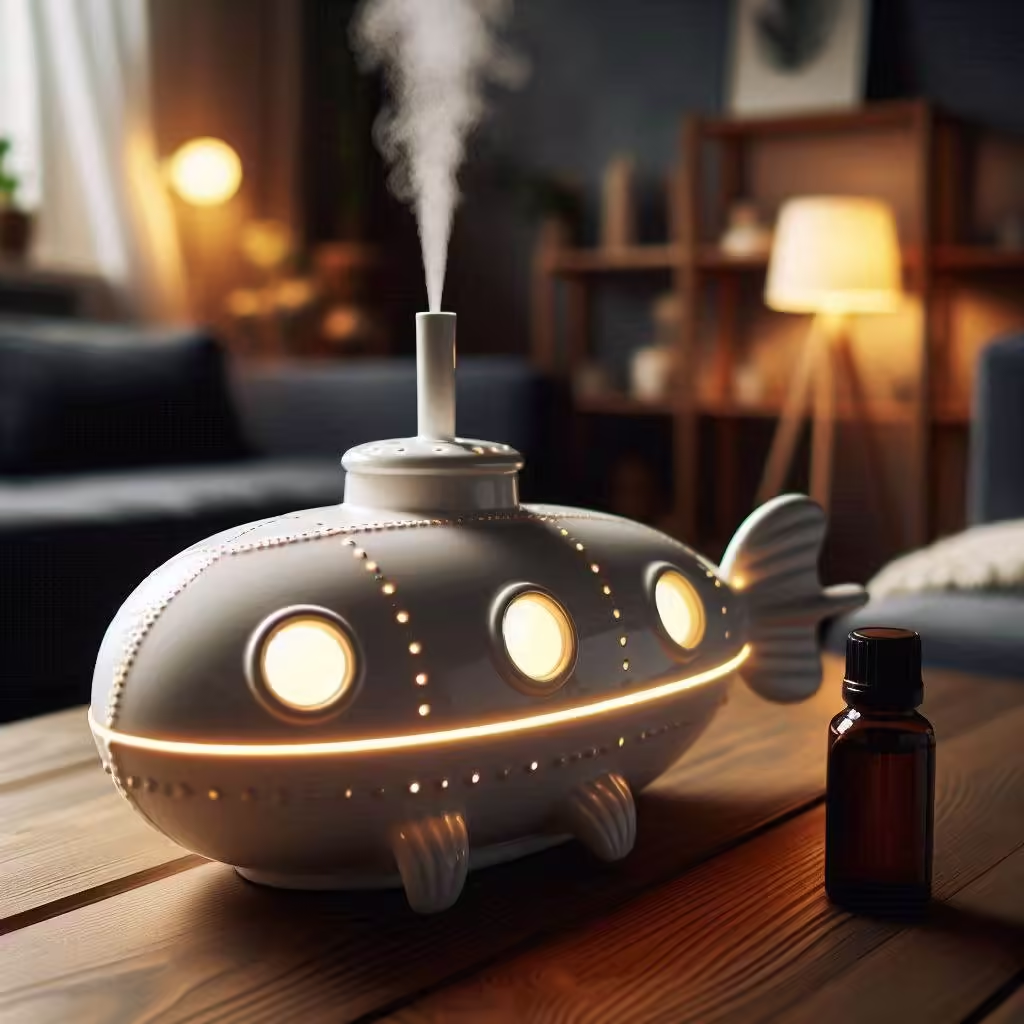
This increased biological activity facilitates a self-regulating ecosystem, wherein natural processes can effectively manage nutrient loads and promote biodiversity. Consequently, incorporating submarine diffusers into aquatic systems can lead to improved health and resilience, benefiting both economic and ecological interests.
Cost-Effectiveness Over Time
While initial investment costs for submarine diffusers may be significant, their long-term benefits justify the expenditure. Improved operational efficiency, reduced energy consumption, and enhanced treatment capabilities contribute to substantial cost savings over time.
Furthermore, the ability of submarine diffusers to optimize processes leads to better outcomes in industries such as aquaculture and wastewater treatment. By streamlining operations and decreasing reliance on chemical treatments, these systems enhance sustainability and profitability for businesses.
Challenges in Implementing Submarine Diffusers
Despite their many advantages, there are several challenges associated with implementing submarine diffusers. Addressing these concerns is essential for maximizing their effectiveness and minimizing negative impacts.
Environmental Impact Assessments
Before deploying submarine diffusers, conducting thorough environmental impact assessments (EIAs) is crucial. These evaluations identify potential risks to local ecosystems and help determine the feasibility of proposed projects.
Obstacles may arise when EIAs reveal sensitive habitats or endangered species present in the vicinity. Stakeholders must navigate complex regulatory frameworks and engage with local communities, ensuring that developmental activities align with environmental protection goals.
Technical Limitations
Technical limitations can hinder the effectiveness of submarine diffusers. Issues such as fouling, sediment buildup, and mechanical failures can compromise performance and necessitate costly repairs or replacements.
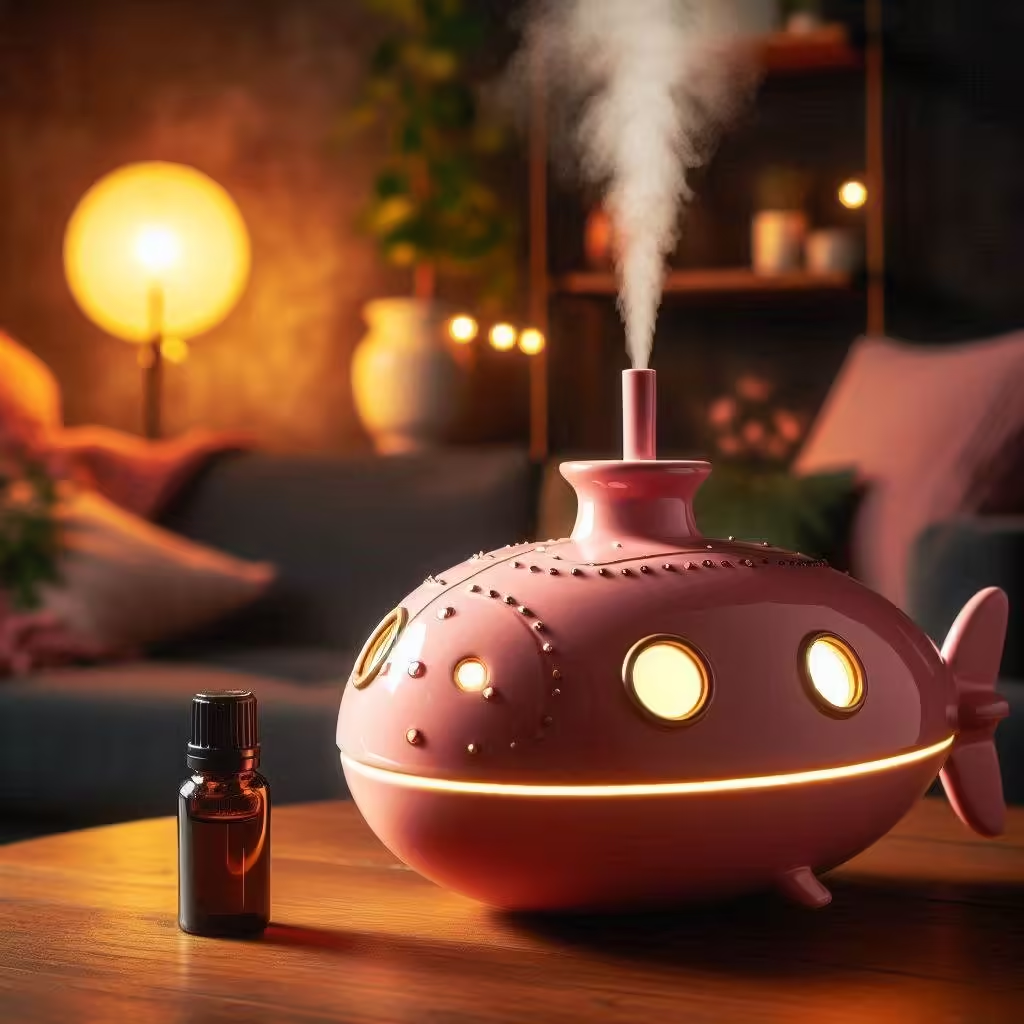
Continuous monitoring of operational conditions is vital to detect and address technical limitations early. Integrating advanced sensor technologies can facilitate real-time data collection, empowering operators to respond proactively and mitigate potential disruptions.
Maintenance and Operational Challenges
Maintaining submarine diffusers in challenging underwater environments poses practical difficulties. Accessibility issues can complicate routine inspections and maintenance, especially in remote or deep-water locations.
Operators must develop robust maintenance strategies that account for these challenges, potentially incorporating automation or remote monitoring technologies. Ensuring that personnel are properly trained and equipped to handle maintenance tasks in aquatic environments is equally important for ensuring the long-term success of submarine diffusers.
Case Studies: Successful Implementation of Submarine Diffusers
Numerous case studies exemplify the successful implementation of submarine diffusers in various contexts. These examples illustrate how this technology can yield substantial benefits across diverse applications.
Municipal Wastewater Treatment Facilities
In several municipalities worldwide, submarine diffusers have been integrated into wastewater treatment facilities to enhance aeration systems. A notable example includes a facility that adopted fine bubble diffusers, resulting in a marked reduction in energy consumption and improved effluent quality.
Through the deployment of submarines diffusers, operators reported a significant decrease in chemical oxygen demand (COD) and increased treatment capacity. The results not only met regulatory standards but also contributed to greater public confidence in local water management practices.
Marine Ecosystem Restoration Efforts
Restoration initiatives aimed at rehabilitating degraded coastal ecosystems have also leveraged submarine diffusers effectively. In one project, diffusers were installed in an estuary suffering from eutrophication, leading to improved oxygen levels and revitalized marine habitats.
Monitoring data indicated a resurgence in fish populations and the return of native aquatic vegetation. This case highlights how submarine diffusers can be a powerful tool for ecological restoration efforts, fostering resilient and biodiverse marine ecosystems.
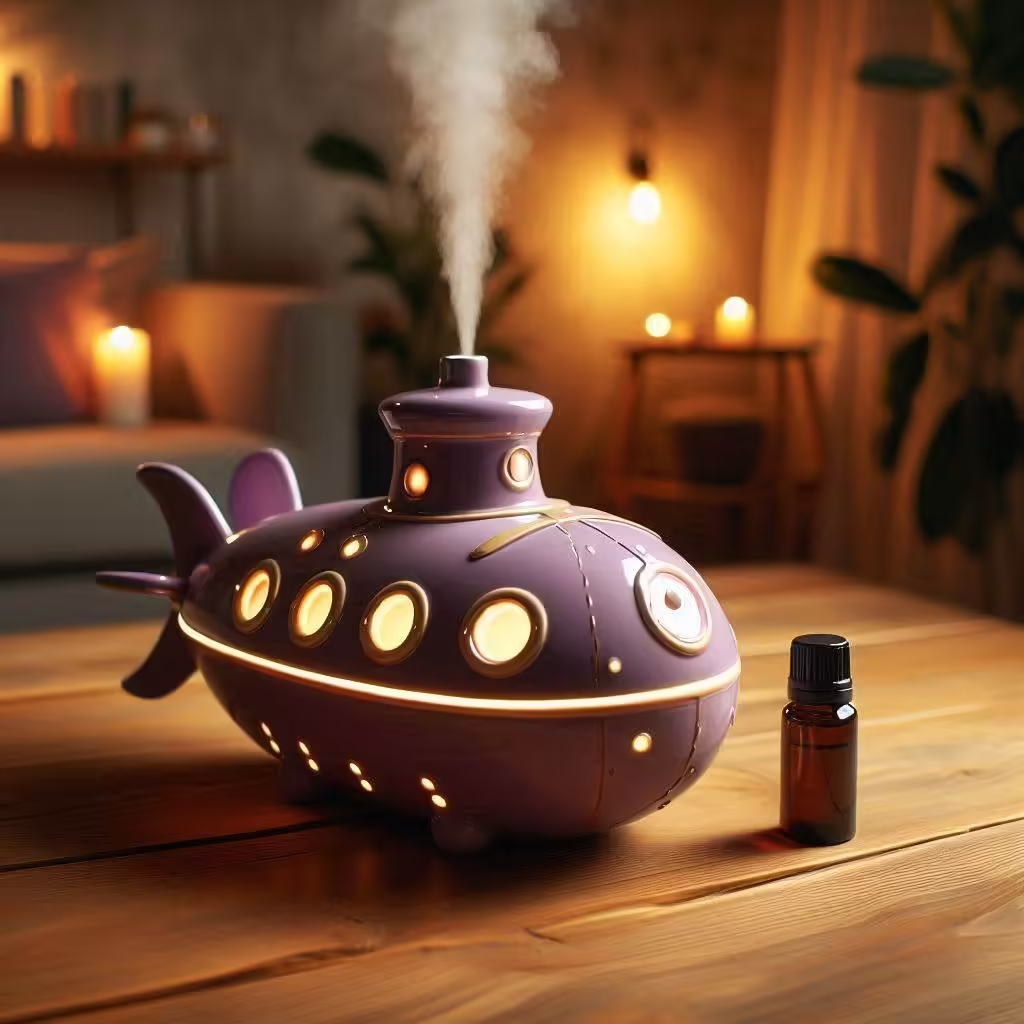
Commercial Aquaculture Success Stories
A commercial aquaculture operation seeking to optimize production turned to submarine diffusers for assistance. By implementing these devices in their rearing tanks, they observed significant improvements in fish growth rates and overall health.
These enhancements translated into increased profitability, with reduced mortality rates and faster turnover times for harvested species. The success story serves as a testament to the advantages of utilizing submarine diffusers within aquaculture operations.
Future Trends in Submarine Diffuser Technology
As technology continues to evolve, the future of submarine diffusers appears promising. Innovations in materials, renewable energy integration, and advances in monitoring systems are shaping the next generation of gas transfer technologies.
Innovations in Materials and Design
Research and development efforts are focusing on new materials that offer superior durability and performance in harsh underwater environments. Innovations such as biofouling-resistant coatings and lightweight composites are expected to enhance diffuser efficiency while extending operational lifespans.
Additionally, customizable designs will continue to gain traction, allowing users to tailor diffusers for specific applications and environmental conditions. Ongoing collaboration between engineers, ecologists, and industry stakeholders will drive advancements in this field.
Integration with Renewable Energy Sources
The push for sustainability is driving interest in integrating submarine diffusers with renewable energy sources. Concepts such as solar-powered diffusers are gaining attention, offering a green solution to gas transfer challenges in remote or off-grid locations.
Renewable energy integration could significantly reduce operational costs while minimizing carbon footprints. As the world strives for sustainable development, the intersection of submarine diffusers and renewable technologies presents exciting possibilities.
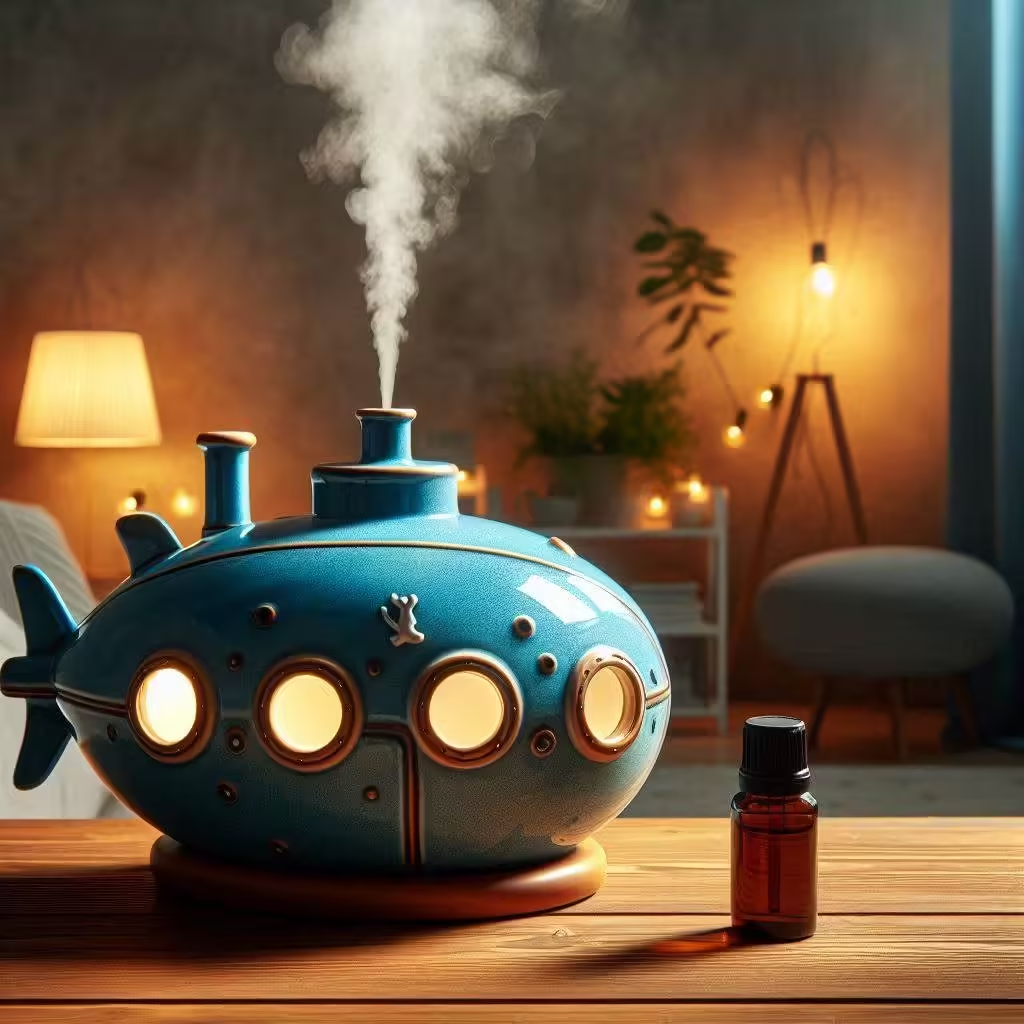
Advances in Monitoring and Control Systems
The deployment of smart monitoring systems will transform how submarine diffusers are managed. Real-time data collection and analysis can facilitate proactive adjustments to optimize performance and address operational challenges.
Machine learning algorithms and artificial intelligence can assist in predictive maintenance, ensuring that issues are identified and resolved before they escalate. Embracing technological advancements will enhance the reliability and effectiveness of submarine diffusers in various applications.
Conclusion
Submarine diffusers represent a remarkable blend of engineering ingenuity and ecological necessity. Their capacity to improve gas transfer efficiency plays a vital role in supporting healthy aquatic ecosystems while addressing pressing industrial and environmental challenges. The various types of submarine diffusers, alongside their unique working principles, showcase their versatility in applications ranging from wastewater treatment to aquaculture and restoration projects.
However, the journey of submarine diffusers is not without hurdles. Challenges surrounding environmental assessments, technical limitations, and maintenance demands underscore the importance of strategic planning and ongoing innovation. Nevertheless, successful case studies highlight the transformative potential of submarine diffusers, demonstrating how they can contribute positively to the health of aquatic environments.
Looking ahead, the future of submarine diffuser technology is bright, driven by new materials, renewable energy integration, and advanced monitoring systems. As we deepen our understanding of aquatic systems and refine our approaches to managing them, submarine diffusers will undoubtedly continue to play a crucial role in promoting sustainable development across marine and freshwater ecosystems.


